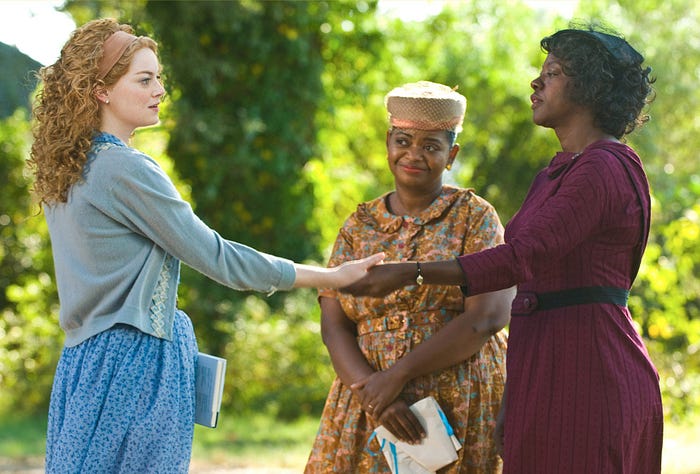Member-only story
“The Help” and the White Savior trope
“It’s not enough in 2020 to be not racist, not racist meaning ‘I am passive when it comes to racism’...If you see it you have to speak on it and call it out.” (Emmanuel Acho)

In my personal opinion, when I watched "The Help" (2011), I was immediately captivated by the storytelling and poignant narrative of progressive civil rights issues. However, when you really watch the film and then take a more in depth perspective from outside critics, it does begin to sound more like a "white savior" concept.
The idea of the "white savior" trope goes back to the 1970s. Film adaptations such as "A Raisin In The Sun" (1959) and "To Kill A Mockingbird" (1960), created the blaxploitation genre that reflected discontent over the social and racial inequality of non-white people and was a means to support the white savior trope. The appearance "of the white-savior narrative occurred because the majority of white people in the United States had little substantive social interaction with people of different races and ethnic groups".
During the wake of the killings of George Floyd and Breonna Taylor that spawned the Black Lives Matter movement, "The Help" (2011) saw a resurgence on the screen and with a spike in views on Netflix. While the narrative of a white woman taking action against the racism of her society is of good intent, it centers on the story of benevolent white characters instead of…
